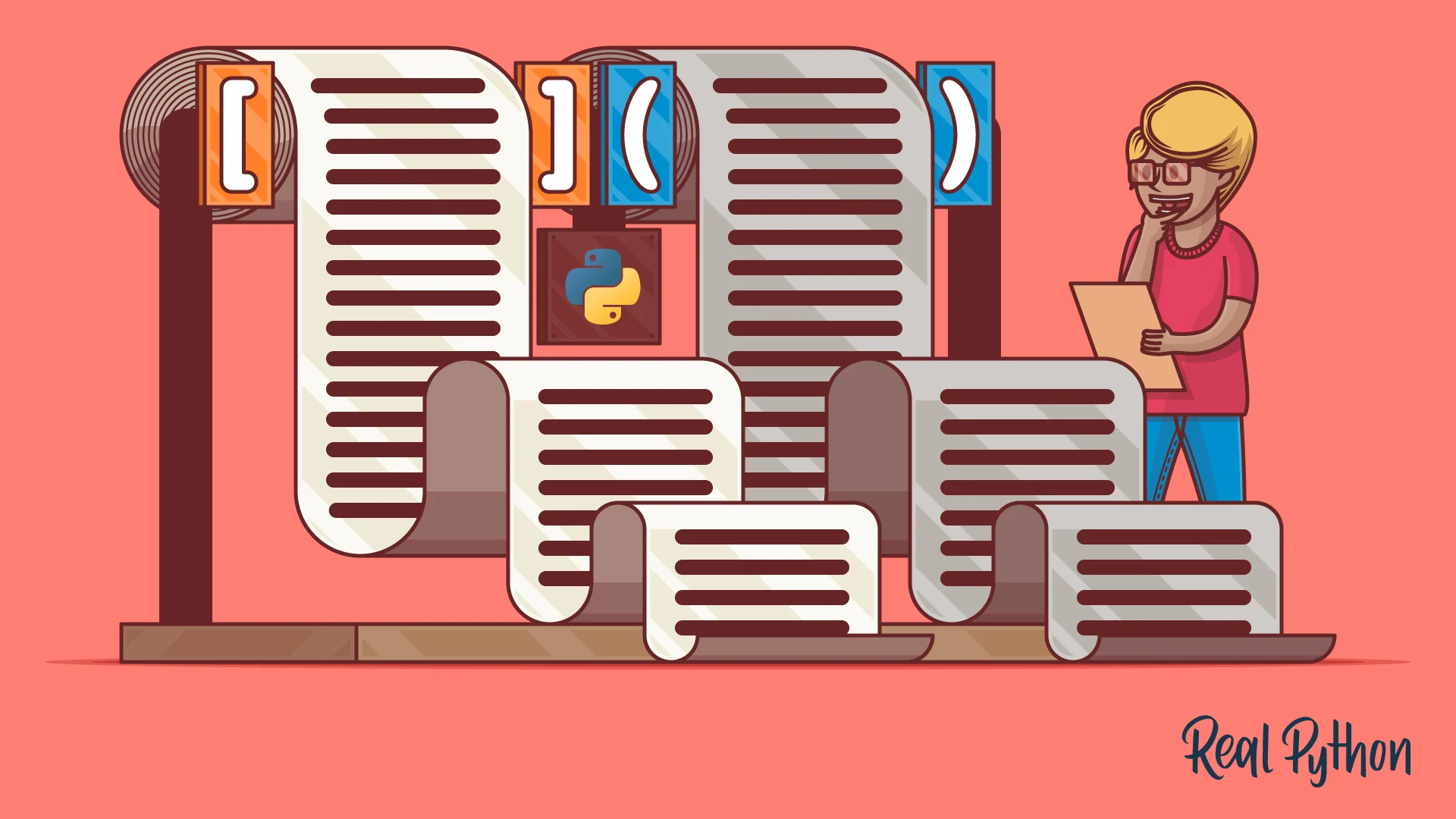Mastering Python Basics: Understanding Lists and Tuples 📋🔢
 Shrey Dikshant
Shrey Dikshant
Python is a versatile and powerful programming language, renowned for its simplicity and readability. If you're starting your journey with Python, understanding basic data structures like lists and tuples is essential. These fundamental constructs are crucial for organizing and managing data efficiently. In this blog, we'll dive into the basics of lists and tuples, exploring their features, differences, and use cases. Let's get started! 🚀
What Are Lists? 📋
Lists in Python are ordered collections of items. They are one of the most versatile data structures available and can hold a variety of data types, including numbers, strings, and even other lists. Lists are mutable, meaning you can change their content after creation.
Creating a List: You can create a list using square brackets []. Here's an example:

Accessing List Elements: You can access elements in a list using indexing, where indexing starts at 0.

Modifying Lists: Lists can be modified by adding, removing, or changing elements.


Common List Methods:
append(item): Adds an item to the end of the list.remove(item): Removes the first occurrence of an item.pop(index): Removes and returns the item at the specified index.sort(): Sorts the list in ascending order.
What Are Tuples? 🔢
Tuples are similar to lists but with a key difference: they are immutable. Once a tuple is created, its content cannot be changed. Tuples are useful when you want to ensure that data remains constant and unchanged.
Creating a Tuple: You can create a tuple using parentheses (). Here's an example:

Common Tuple Operations:
count(item): Returns the number of times an item appears in the tuple.index(item): Returns the index of the first occurrence of an item.
Key Differences Between Lists and Tuples 🔄
Mutability: Lists are mutable; tuples are immutable.
Syntax: Lists use square brackets
[], while tuples use parentheses().Performance: Tuples have a slight performance advantage over lists due to their immutability. They can be used as keys in dictionaries, unlike lists.
When to Use Lists vs. Tuples 📚
Use Lists when you need a collection of items that may change over time. Lists are ideal for data that requires frequent modification.
Use Tuples when you need a fixed collection of items that should not be modified. Tuples are great for representing constant sets of values.
Lists and tuples are foundational elements in Python programming. Understanding their characteristics and differences is crucial for effective data management. Lists provide flexibility with their mutable nature, while tuples offer safety with their immutability. As you continue to explore Python, mastering these basic data structures will pave the way for more advanced programming concepts.
Subscribe to my newsletter
Read articles from Shrey Dikshant directly inside your inbox. Subscribe to the newsletter, and don't miss out.
Written by

Shrey Dikshant
Shrey Dikshant
Aspiring data scientist with a strong foundation in adaptive quality techniques. Gained valuable experience through internships at YT Views, focusing on operation handling. Proficient in Python and passionate about data visualization, aiming to turn complex data into actionable insights.